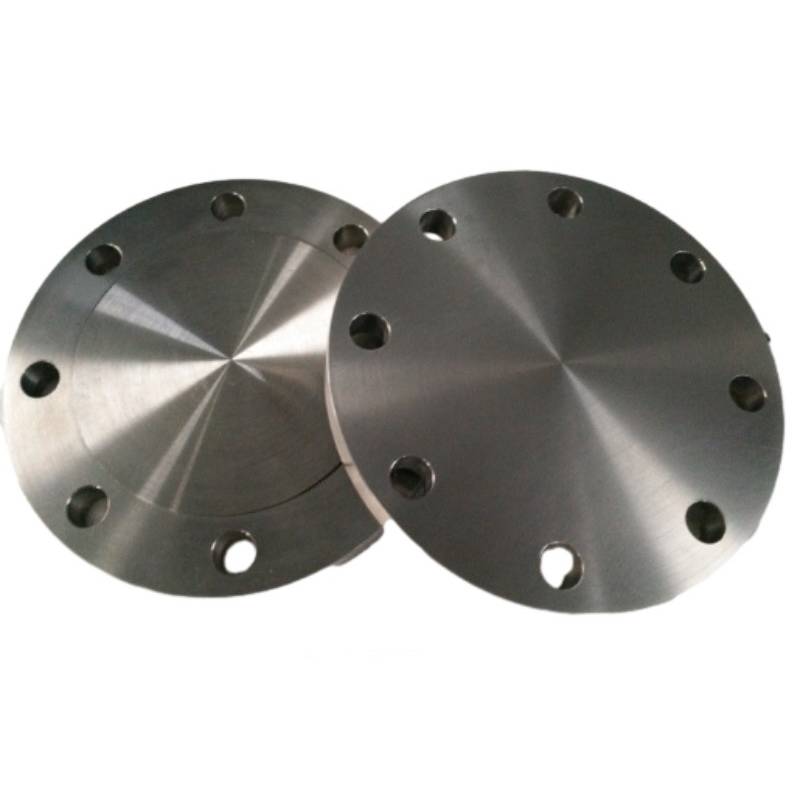-
Cangzhou Yulong Steel Co., Ltd.
-
Phone:
+86 13303177267 -
Email:
admin@ylsteelfittings.com
- English
- Arabic
- Italian
- Spanish
- Portuguese
- German
- kazakh
- Persian
- Greek
- French
- Russian
- Polish
- Thai
- Indonesian
- Vietnamese
- Zulu
- Korean
- Uzbek
- Hindi
- Serbian
- Malay
- Ukrainian
- Gujarati
- Haitian Creole
- hausa
- hawaiian
- Hebrew
- Miao
- Hungarian
- Icelandic
- igbo
- irish
- Japanese
- Javanese
- Kannada
- Khmer
- Rwandese
- Afrikaans
- Albanian
- Amharic
- Armenian
- Azerbaijani
- Basque
- Belarusian
- Bengali
- Bosnian
- Bulgarian
- Catalan
- Cebuano
- China
- China (Taiwan)
- Corsican
- Croatian
- Czech
- Danish
- Esperanto
- Estonian
- Finnish
- Frisian
- Galician
- Georgian
- Kurdish
- Kyrgyz
- Lao
- Latin
- Latvian
- Lithuanian
- Luxembourgish
- Macedonian
- Malgashi
- Malayalam
- Maltese
- Maori
- Marathi
- Mongolian
- Myanmar
- Nepali
- Norwegian
- Norwegian
- Occitan
- Pashto
- Dutch
- Punjabi
- Romanian
- Samoan
- Scottish Gaelic
- Sesotho
- Shona
- Sindhi
- Sinhala
- Slovak
- Slovenian
- Somali
- Sundanese
- Swahili
- Swedish
- Tagalog
- Tajik
- Tamil
- Tatar
- Telugu
- Turkish
- Turkmen
- Urdu
- Uighur
- Welsh
- Bantu
- Yiddish
- Yoruba

Nov . 06, 2024 05:09 Back to list
blank flange
Understanding Blank Flanges Types, Uses, and Benefits
A blank flange is a type of flange that serves as a solid, flat disc, commonly used in piping and plumbing systems to seal off the end of a pipe or fitting. Unlike traditional flanges, which have bolt holes and are designed to connect two different piping sections, blank flanges are primarily employed to close off systems, creating a barrier against potential leaks and maintaining pressure in pipelines.
Types of Blank Flanges
Blank flanges can be categorized based on their design, material, and manufacturing process. Typically, they are made from materials such as stainless steel, carbon steel, and various alloys, which offer different levels of strength, corrosion resistance, and temperature tolerance. The most common types include
1. Standard Blank Flanges These are typically disc-shaped with no bolt holes and are often used in temporary applications or when a permanent seal is required.
2. Weld Neck Blank Flanges These flanges are designed with a tapered neck that is welded to the pipe. This design helps to distribute stresses more evenly and provides a stronger joint.
3. Slip-On Blank Flanges As the name suggests, these flanges can be slipped over the pipe and then welded in place. They allow for easier alignment and installation.
4. Blind Flanges While technically not a blank flange, blind flanges serve a similar purpose by featuring bolt holes around the perimeter that allow for attachment of bolts, providing a secure closure.
Applications of Blank Flanges
Blank flanges are widely used in various industries, including oil and gas, water treatment, chemical processing, and HVAC systems. Their primary applications include
blank flange

- Sealing Off Piping In situations where a section of a pipeline is not in use, a blank flange can be installed to ensure a leak-proof seal, thus maintaining system integrity.
- Testing and Inspection Blank flanges are often used in pressure testing scenarios
. By sealing the end of a pipe with a blank flange, technicians can ensure that the pipe can withstand the required pressure without any leaks.- Future Extensions They also serve as a means of allowing for future modifications or expansions of a piping system. If a new connection is anticipated, a blank flange can be easily removed to accommodate new piping.
Benefits of Using Blank Flanges
The advantages of using blank flanges are numerous
- Cost-Effective Solution They can often be a more affordable choice compared to traditional flanges, especially in temporary applications.
- Ease of Installation Many blank flanges are designed for easy installation, which can save time and reduce labor costs.
- Improved Safety By providing a secure seal and preventing leaks, blank flanges help to maintain safety standards in various industrial operations.
- Versatility They can be used in a wide range of applications across different industries, making them a versatile component in any piping system.
In conclusion, blank flanges play a crucial role in the maintenance and functionality of piping systems. Their ability to provide a secure seal, coupled with their various types and materials, makes them indispensable in the industry. Understanding their applications and benefits will enable engineers and technicians to make informed decisions when designing and implementing piping solutions.
Latest news
-
ANSI 150P SS304 SO FLANGE
NewsFeb.14,2025
-
ASTM A333GR6 STEEL PIPE
NewsJan.20,2025
-
ANSI B16.5 WELDING NECK FLANGE
NewsJan.15,2026
-
ANSI B16.5 SLIP-ON FLANGE
NewsApr.19,2024
-
SABS 1123 FLANGE
NewsJan.15,2025
-
DIN86044 PLATE FLANGE
NewsApr.19,2024
-
DIN2527 BLIND FLANGE
NewsApr.12,2024
-
JIS B2311 Butt-Welding Fittings LR/SR 45°/90° /180°Seamless/Weld
NewsApr.23,2024











